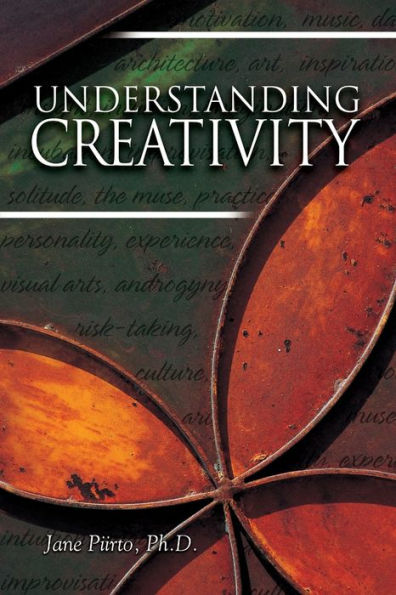5
1
9780910707596


Understanding Creativity / Edition 1 available in Paperback

Understanding Creativity / Edition 1
- ISBN-10:
- 0910707596
- ISBN-13:
- 9780910707596
- Pub. Date:
- 05/05/2020
- Publisher:
- Gifted Unlimited
- ISBN-10:
- 0910707596
- ISBN-13:
- 9780910707596
- Pub. Date:
- 05/05/2020
- Publisher:
- Gifted Unlimited
28.95
In Stock

Product Details
| ISBN-13: | 9780910707596 |
|---|---|
| Publisher: | Gifted Unlimited |
| Publication date: | 05/05/2020 |
| Edition description: | New Edition |
| Pages: | 544 |
| Product dimensions: | 6.00(w) x 9.00(h) x 1.00(d) |
About the Author
What People are Saying About This
From the B&N Reads Blog
